 The University of Mississippi Slavery Research Group began as a 2013 book club. The membership included faculty and administrators. Seven years later, the expanded group that includes members from 17 academic departments continues to seek to expand knowledge of the history of enslaved people on the university’s campus
The University of Mississippi Slavery Research Group began as a 2013 book club. The membership included faculty and administrators. Seven years later, the expanded group that includes members from 17 academic departments continues to seek to expand knowledge of the history of enslaved people on the university’s campus
So far, the group has been able to name and identify only 11 enslaved people who labored on the campus. The Lyceum is now the oldest building on campus. When it was constructed in the 1840s, slave labor was used.
Minutes of an 1849 meeting of a literary society on campus showed that the group authorized paying $1 for the services of an enslaved man named George. The minutes state that George’s duties would include “attending the hall, sweeping the floor, cleaning the spittoons, disposing of trash, bringing water for the meeting, and making fires when necessary.”
The university’s third chancellor, Frederick Barnard, owned two slaves. One of these enslaved individuals was sexually assaulted on campus by a White student. When Chancellor Barnard expelled the student, an investigation was held on why Chancellor Barnard accepted the “word of an African American female slave over the word of a White male student.”
The accompanying photograph is the only know visual image of an enslaved person on the University of Mississippi campus. Her identity is not known.
The research group continues to investigate the subject. These efforts include an archaeological dig in an area where it is believed that enslaved people lived.
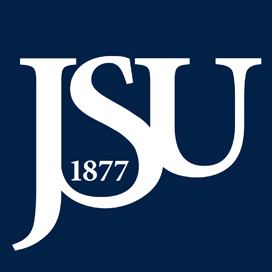
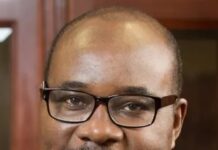
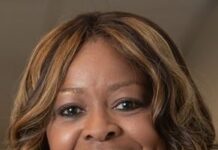


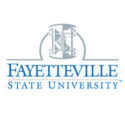
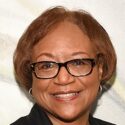


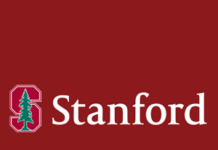

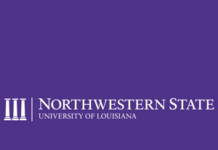

For the Univ. to conduct Research on this historical precedent is not surprising to me. I grew up in the segregated South during the “real ” years of racial hatred, et al. But the one thing I always respected and do to this day.. is the integrity ” of Southerners who believed in the right of racism..They did not mince words or “fake” beliefs about racial prejudice. It is what is ..it was what it was..and you did not have to “guess” what their beliefs were. I could always work with those “truths” better than with the fake “show&tell” practices of some, esp. folks in the northern regions.
Nothing like an intellectually honest racist. At least you know where they stand. Hip hip hooray!!!!!!